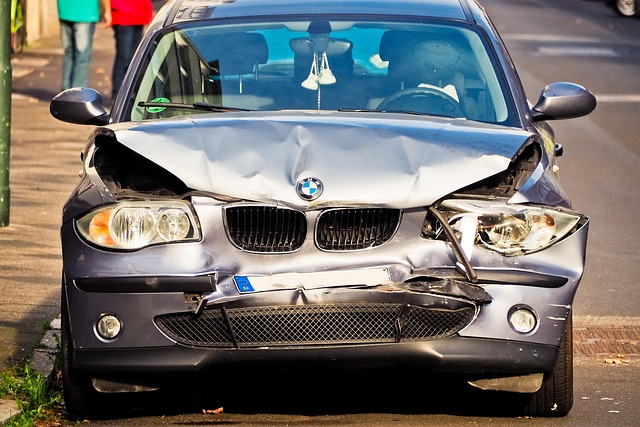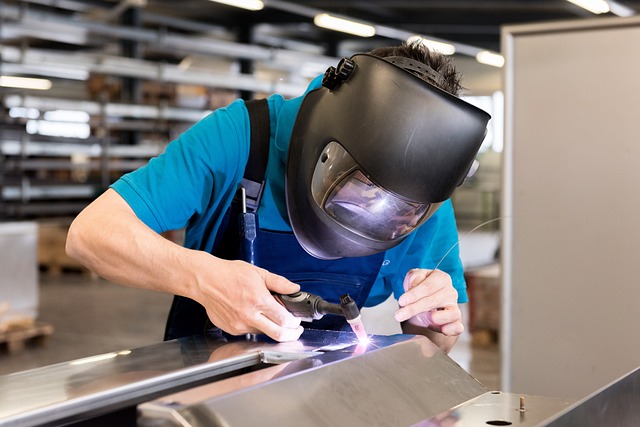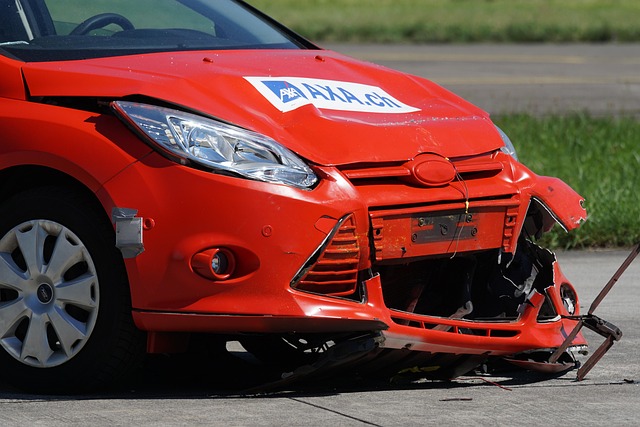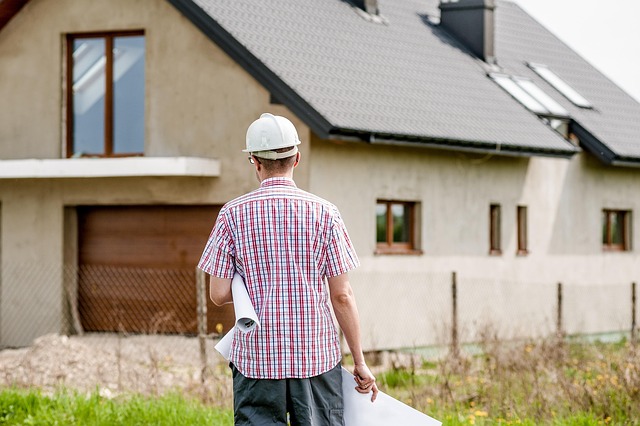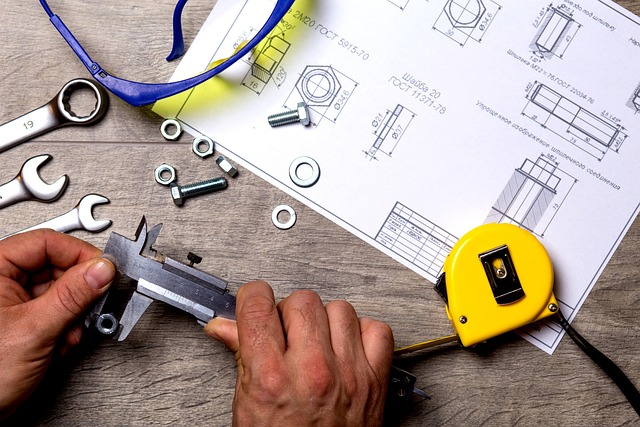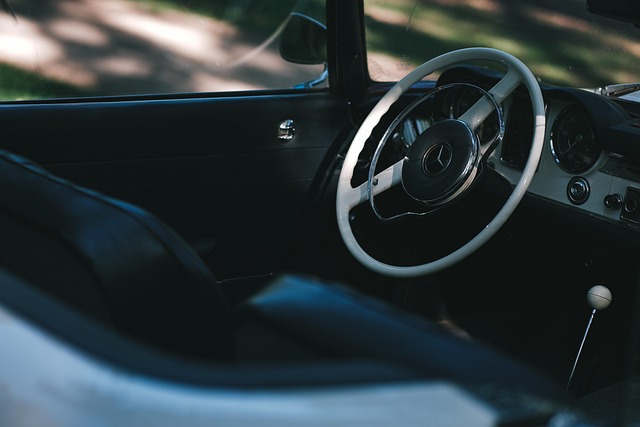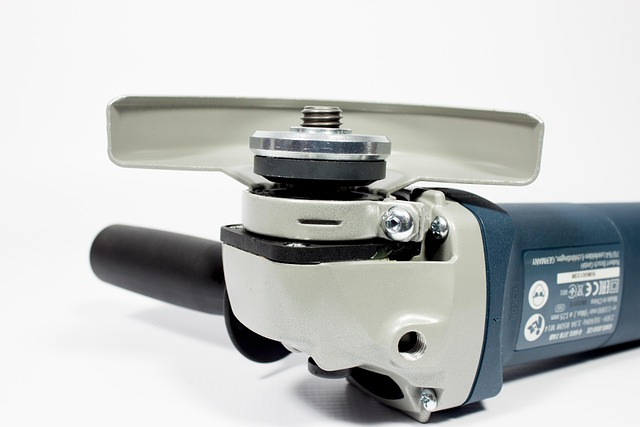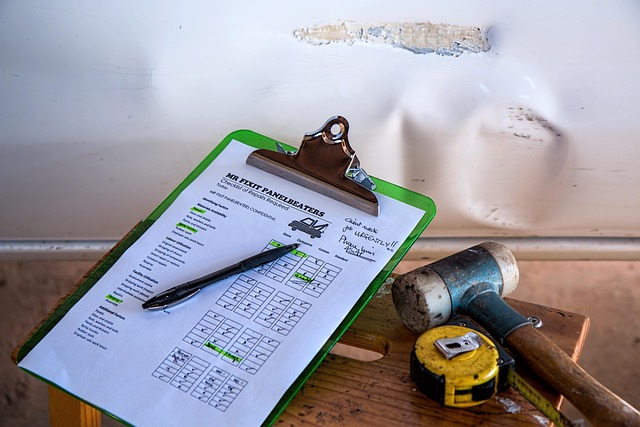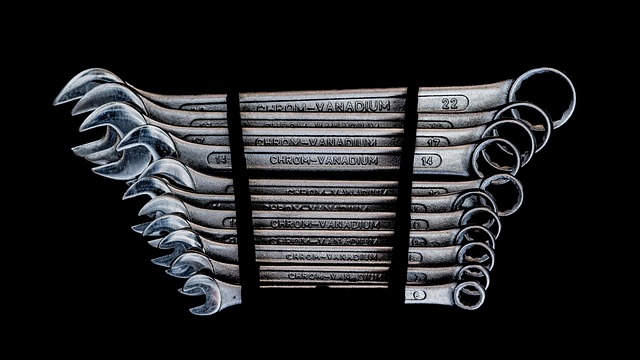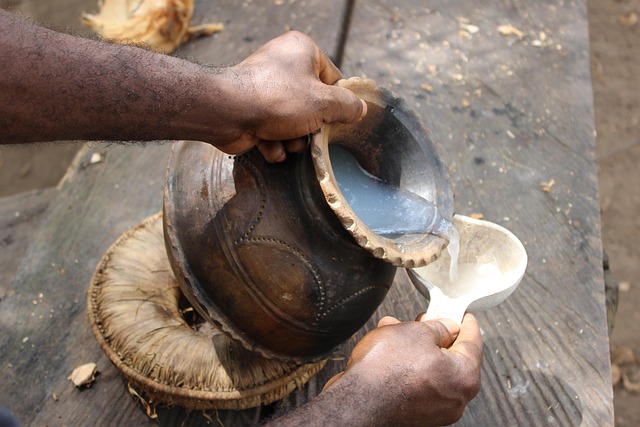After complex vehicle body repairs, calibrating safety systems is crucial. Even minor misalignments can impact critical features like airbags and brakes. Proper calibration ensures optimal performance, enhancing passenger safety. This process involves meticulous inspection and adjustment of components using specialized tools, particularly after sensor alignments are affected. Post-calibration, rigorous testing with advanced diagnostic tools simulates various scenarios to validate the repair's effectiveness and ensure reliability in real-world conditions, upholding auto body shop safety standards.
After a vehicle undergoes complex body repair procedures, calibrating its safety systems is paramount to ensure optimal performance and passenger safety. This article delves into the crucial process of safety system calibration post-vehicle body repair, highlighting its significance, step-by-step best practices, and essential post-calibration testing and verification. Understanding these aspects is vital for maintaining the integrity and reliability of a vehicle’s safety mechanisms following repairs.
- Understanding the Importance of Calibration After Vehicle Body Repair
- The Calibration Process: Steps and Best Practices
- Ensuring Safety and Quality: Post-Calibration Testing and Verification
Understanding the Importance of Calibration After Vehicle Body Repair
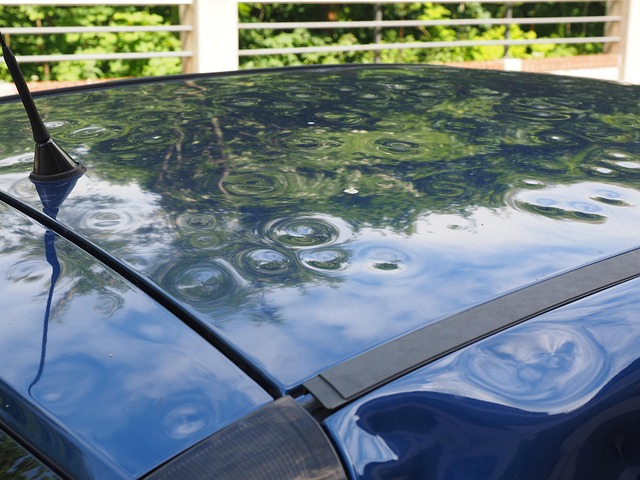
After a vehicle undergoes complex body repair procedures, calibrating the safety systems becomes an indispensable step. This is crucial because car body shop repairs often involve intricate adjustments to the vehicle’s structure and sensors. Even minor misalignments can impact the performance of safety features like airbags, brake systems, and collision avoidance mechanisms.
Therefore, when you avail collision repair services, ensure that proper calibration is part of the post-repair process. This step guarantees that every system functions optimally, enhancing passenger safety during future drives. In a car collision repair scenario, where structures and components might have been distorted or replaced, calibration ensures these systems respond accurately to potential hazards, ultimately saving lives and minimizing damage.
The Calibration Process: Steps and Best Practices

The calibration process for safety systems after vehicle body repairs is a meticulous and crucial step to ensure optimal performance and reliability. It involves several key steps that must be executed with precision. Firstly, inspect all components of the safety system, including airbags, sensors, and control modules, for any signs of damage or discrepancy during the repair process. Any deviations from their original specifications require immediate attention and adjustment.
Next, use specialized tools to calibrate each element precisely. This might involve re-programming control modules based on updated vehicle dynamics after repairs. For instance, following a dent removal or bumper repair, sensor alignments may need recalibration to accurately detect potential collisions. Vehicle collision repair processes can disturb the system’s sensitivity and coverage areas, making calibration essential for ensuring the safety features respond appropriately during future incidents.
Ensuring Safety and Quality: Post-Calibration Testing and Verification
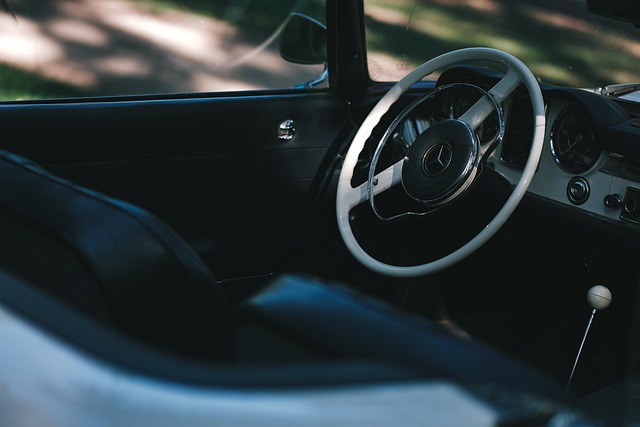
After calibrating a safety system as part of a vehicle body repair procedure, it’s paramount to conduct thorough testing and verification to ensure both safety and quality standards are met. This involves rigorous checks to confirm that all sensors, actuators, and control modules are functioning optimally. Advanced diagnostic tools can be employed to simulate various scenarios, ensuring the system responds accurately and reliably.
Post-calibration, a series of tests should be executed, including performance evaluations under different conditions. These tests not only validate the effectiveness of the repair but also guarantee that the safety system is ready for real-world deployment. In a collision repair center or auto body work shop, adhering to these protocols is essential to maintain a high level of workmanship and protect the well-being of every road user.
After comprehensive discussions on understanding calibration needs post vehicle body repair, executing the calibration process with meticulous steps and best practices, and ensuring safety and quality through rigorous testing, it’s evident that proper calibration is a non-negotiable step in the vehicle body repair landscape. Adhering to these guidelines guarantees not just optimal performance but also the safety of every journey. Prioritizing regular calibration after repairs ensures your vehicle returns to its original state, maintaining both integrity and reliability on the road.
